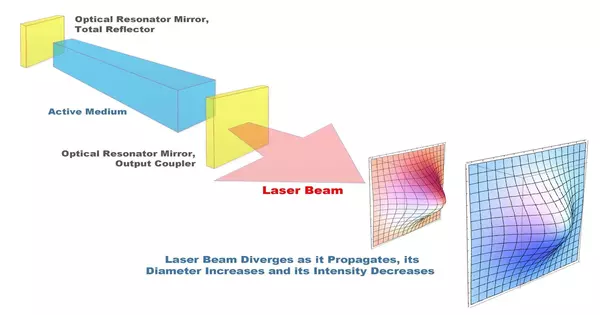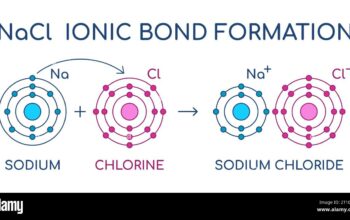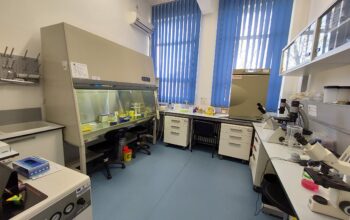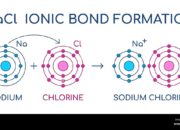In the realm of laser technology, an active medium plays an indispensable role in the generation and amplification of light. But what exactly is an active medium? Is it merely a component of a larger system, or does it hold more profound implications for the properties and efficiencies of laser systems? This inquiry opens up a rich dialogue about the fundamental aspects of lasers and their operational principles.
An active medium, also known as a gain medium, refers to the material that provides amplification of light through the process of stimulated emission. The active medium is typically composed of atoms, ions, or molecules that can be excited to higher energy states. When these entities return to their lower energy states, they release photons—particles of light—which leads to the generation of coherent light necessary for laser operation. This spontaneous and stimulated emission of photons is the essence of how lasers function and why their properties can vary so widely based on the type of active medium employed.
One significant question arises: How does the choice of active medium influence the characteristics of the emitted laser light? The answer lies in the optical transitions of the active medium’s constituents. For instance, a semiconductor laser uses a different active medium than a gas laser. The former typically relies on the excitation of electrons within solid-state materials, while the latter depends on ionized gases to achieve the desired energy transitions. Consequently, the color, intensity, and coherence of the laser light are all contingent upon the specific attributes of the active medium utilized.
Active media can be classified into three principal categories: solid, liquid, and gas. Each of these categories presents unique challenges and advantages. Solid-state lasers, for example, often utilize rare-earth or transition metal dopants embedded in a solid host material. These systems can exhibit extremely high energy efficiency and thermal conductivity, making them suitable for a variety of applications including cutting, welding, and medical procedures. However, managing heat dissipation becomes a critical consideration since overheating can degrade performance.
In contrast, gas lasers, such as helium-neon or carbon dioxide lasers, are characterized by relatively low-density active mediums. The ease of cooling and the simplicity of gas handling are notable benefits of such systems. However, they often necessitate complex electrical discharge systems to achieve effective excitation of the molecules involved. The challenge here lies in creating a stable and efficient discharge, particularly over longer distances.
Liquid lasers, such as dye lasers, stand out due to their tunable wavelengths, which allow users to adjust the emission frequency over a broader spectrum. This versatility presents a myriad of opportunities for research and industrial applications; nonetheless, dye stability and degradation under prolonged use pose significant hurdles in operational longevity.
Moreover, the concept of population inversion is crucial to understanding the functionality of an active medium. Population inversion occurs when a greater number of particles occupy a higher energy state than a lower one, contrary to the equilibrium condition described by Boltzmann statistics. In laser systems, achieving and maintaining this state is fundamental to ensuring efficient stimulated emission and, ultimately, laser output. Various mechanisms are employed to achieve population inversion, including optical pumping and electrical discharge. Each mechanism presents unique parameters that must be meticulously controlled to avoid loss mechanisms, such as non-radiative de-excitation.
Another vital aspect to consider is the interaction between active mediums and the laser cavity, which is responsible for reflecting and amplifying light. The optical characteristics of both the active medium and the cavity significantly affect the laser’s efficiency and output power. Components such as mirrors and lenses must be configured to optimize the feedback loop created within the cavity. This interplay illustrates how the design of the active medium transcends mere particle excitation; it becomes an integral element of the laser architecture. Proper alignment and adjustment are necessary to harness the full potential of the active medium.
Despite the advancements made in the domain of active mediums and laser technologies, challenges persist. For instance, the quest for higher efficiencies without compromising stability continues to drive research and innovation. New hybrid systems are in development, which aim to combine the favorable characteristics of different mediums while mitigating their shortcomings. This ongoing endeavor presents a tapestry of opportunities yet to be fully realized.
In conclusion, understanding what constitutes an active medium in laser systems illuminates the intricate relationships between material properties, light generation, and technological applications. It poses a multilayered challenge: how can one optimize these characteristics while addressing efficiency, stability, and operability? Through a thorough exploration of active mediums—solid, liquid, and gas—the laser technology community can anticipate future advancements that may transform our interaction with light itself. The dialogue remains open, encouraging further inquiry and innovation that might one day reveal the next frontier in laser technology.












